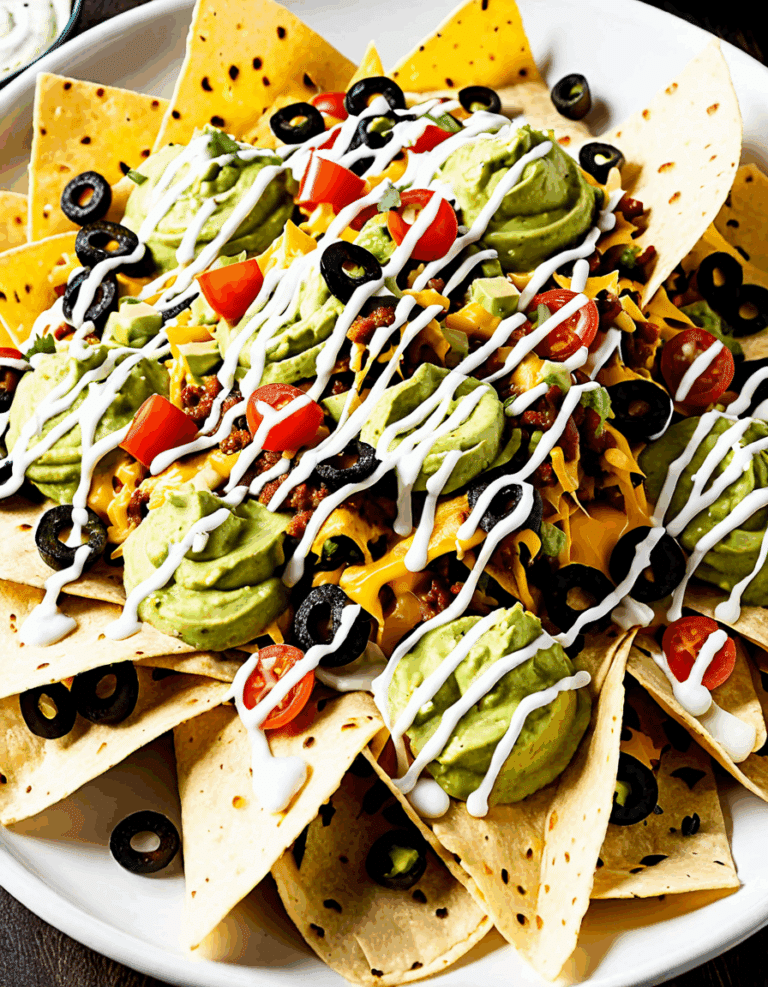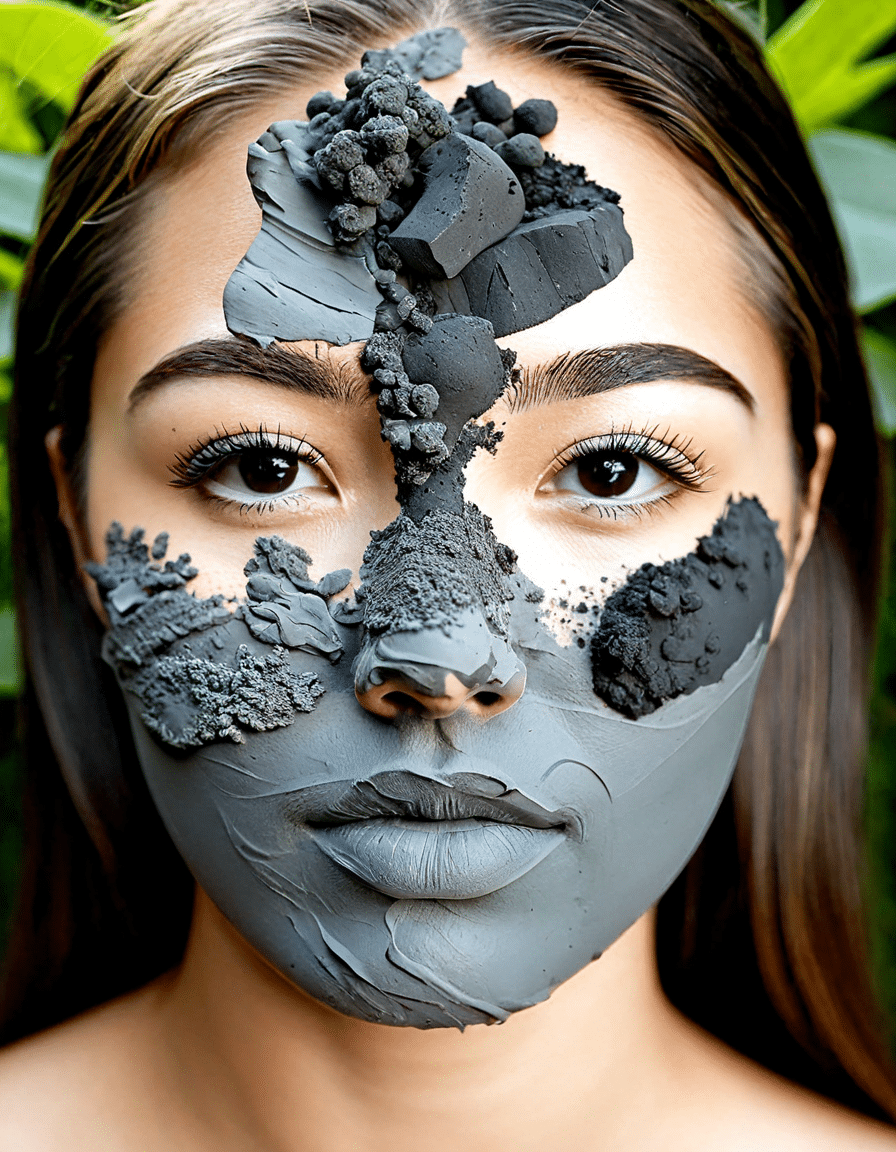Kuru disease is an extraordinarily rare brain disorder that’s left many fascinated, primarily due to its unique historical context and the shocking methods through which it was transmitted. Once prevalent among the Fore people of Papua New Guinea, this neurodegenerative condition belongs to the prion disease family, which includes other notorious afflictions like Creutzfeldt-Jakob disease. As we dive into the chilling symptoms and transmission of kuru disease, we’ll also draw comparisons to modern lifestyles, revealing lessons that could impact our health today.
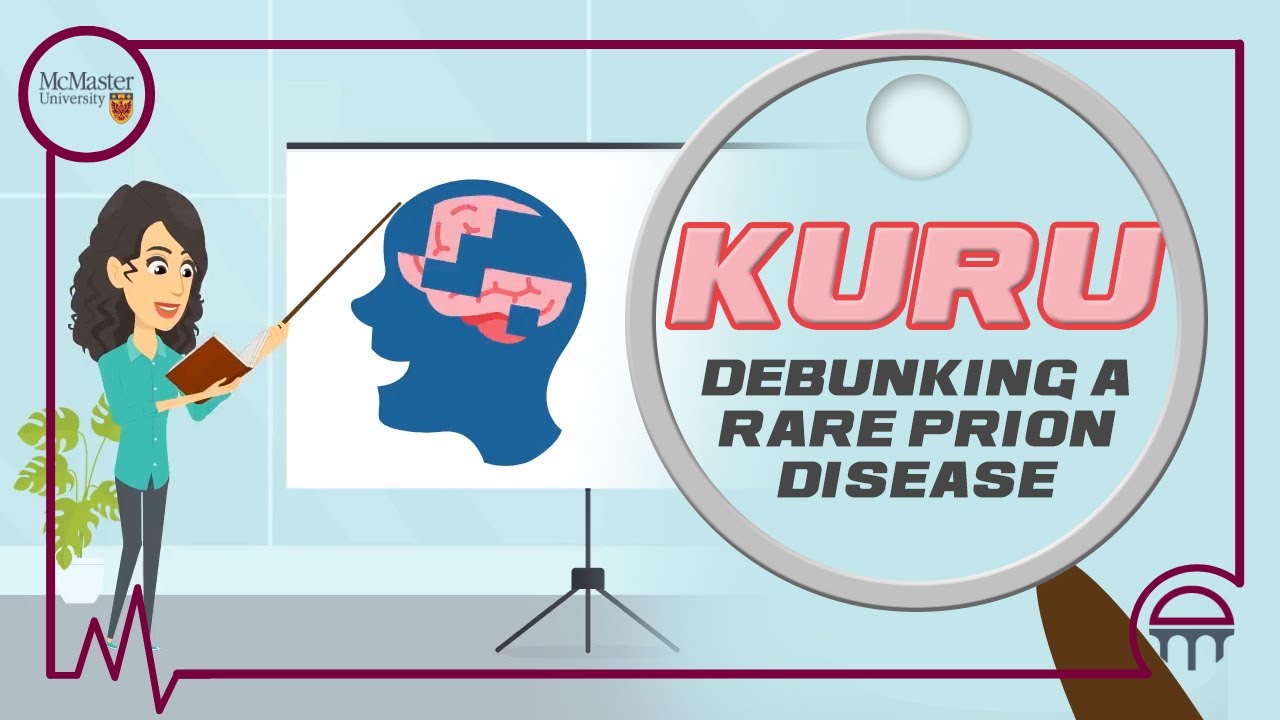
1. Understanding Kuru Disease: Symptoms and Transmission
Kuru disease starts with symptoms that are hard to ignore. Think tremors, a loss of coordination, and serious changes in personality. Those unfortunate enough to suffer from this illness can find themselves struggling with shaking limbs and mood swings as the disease progresses. Yet, what really makes this condition shocking is how it was originally transmitted. It was through ritualistic cannibalism during funeral rites where brain tissues, packed with infectious prions, found their way into the mouths of the grieving.
Research published in the Journal of Neurology has explored the intricate pathology of kuru disease, shedding light on its transmission methods. Prion diseases, including kuru, turn the norm of viral and bacterial infections on its head. They challenge what we think we know about disease spread because you won’t catch kuru from a casual handshake or shared utensils. Understanding this helps dispel myths and emphasizes why knowledge is power in protecting ourselves from such ailments.
The long incubation period of kuru disease makes it even more perplexing. Symptoms may not arise for years, sometimes even decades after exposure to infectious prions. This long delay complicates the understanding of its epidemiology, making it a tough nut to crack for medical professionals trying to trace the disease’s origin and impact.
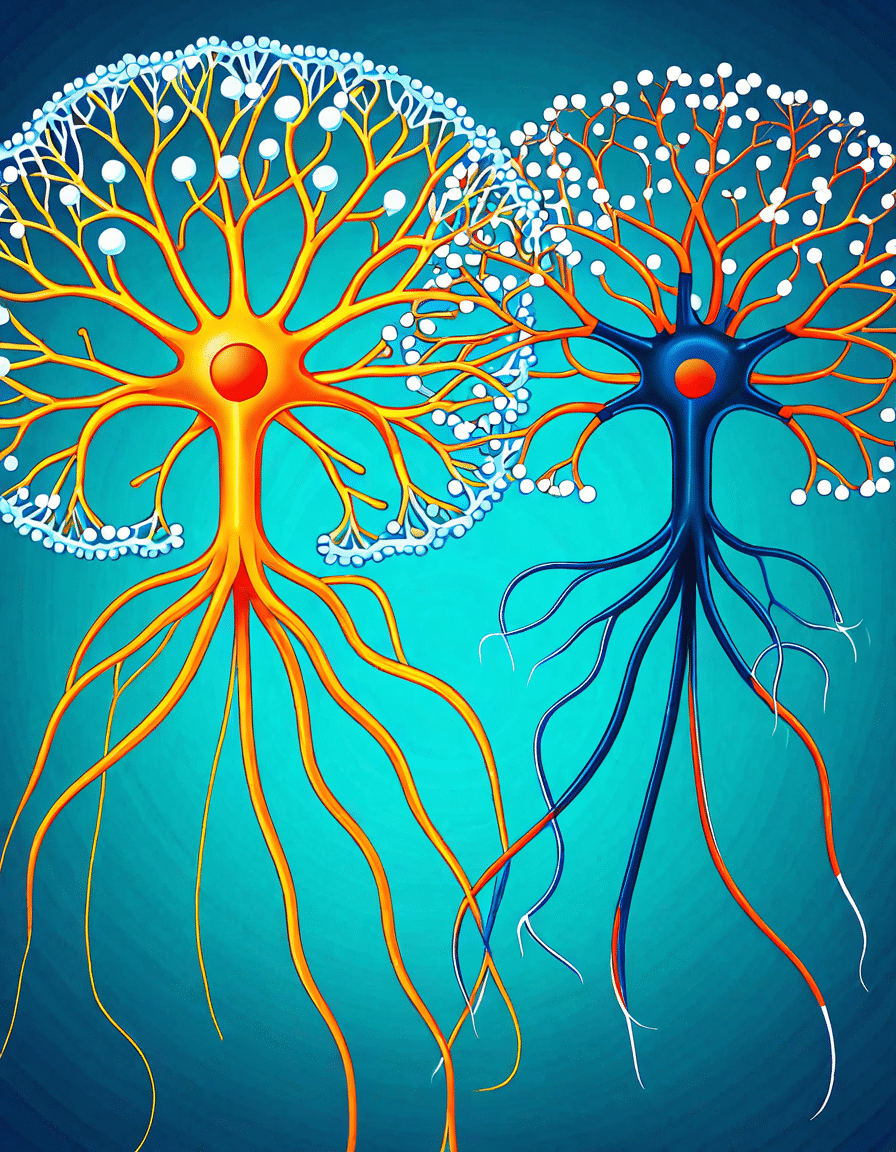
2. Top 7 Shocking Facts About Kuru Disease
Here are some mind-blowing facts about kuru disease that are sure to knock your socks off:
Kuru disease was first documented by Western researchers in the 1950s. However, the Fore people had known about its effects long before that. The rapid increase in cases kick-started deeper research into its unique ways of spreading.
The incidence of kuru saw a significant decline after the Fore people ceased their cannibalistic practices in the 1960s and 70s. This strongly highlights how cultural practices can be directly linked to the spread of disease.
By the early 2000s, researchers believed they had seen the last known cases of kuru disease. However, recent studies suggest that the infectious material might linger in the environment, still posing risks in regions where cannibalism was once prevalent.
Despite being caused by prions, kuru is not contagious in the traditional sense. You won’t catch it from close contact with someone infected, which clears up a lot of misunderstandings out there!
That long incubation period we mentioned ain’t just an anomaly; it’s a characteristic feature of kuru. Oftentimes, the symptoms can take years to show up, which is one reason it’s been so challenging to track down.
Some research suggests certain genetic variations in the prion protein may provide resistance against kuru disease. This raises interesting questions about how human genetics can evolve in response to serious health challenges.
Insights gained from studying kuru have helped shed light on other prion diseases such as BSE (Bovine Spongiform Encephalopathy). This has paved the way for better prevention strategies in livestock and food processing that benefit us all.

3. The Overlap of Culture and Medicine: Kuru and Dietary Practices
Examining the cultural backdrop of the Fore people offers a unique perspective on kuru disease. Their traditional foods and dietary practices, such as consuming masago sushi, juxtapose sharply with the tragic dietary implications of kuru. It raises the question: How can culture impact health, both positively and negatively?
In stark contrast, there’s a wealth of modern health options available today. For instance, shiitake mushrooms and the benefits of reishi mushrooms are gaining traction in health communities for their potential to boost immunity and fight inflammation. While the rituals of the Fore may have included consuming potentially deadly substances, our contemporary diets are packed with choices that promote health rather than hinder it.
Current trends encourage us to embrace proactive health choices today. Foods like shirataki rice and noodles offer fiber and fewer calories, making them great options for those looking to get shredded and maintain high energy levels. The clash between the Forbidden Foods of the Fore and modern health foods highlights the need for continued exploration of dietary practices in the fight against neurodegenerative diseases and beyond.
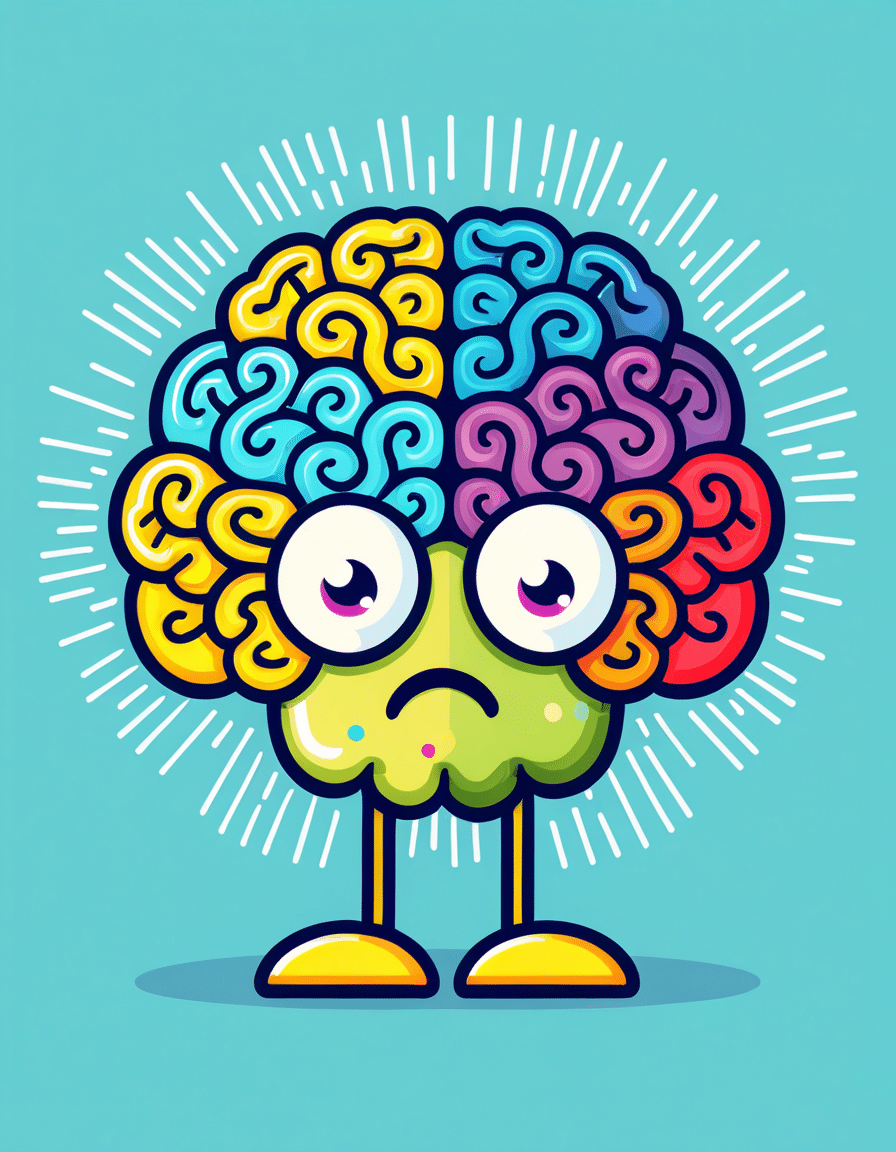
4. Modern Nutritional Insights: Healing Foods in the Light of Kuru
As awareness about kuru disease grows, so does the conversation surrounding nutrition and overall health. Enter superfoods! Research shows that oolong tea is a fantastic choice for those looking to boost metabolism while providing a hearty dose of antioxidants. These healthful options stand in stark contrast to the traditional foods consumed by the Fore people who suffered from kuru.
Shirataki noodles are becoming a staple in many healthy kitchens. They’re low in calories and high in fiber, perfect for anyone keen to get shredded without sacrificing their favorite meals. Just imagine replacing carb-heavy pastas with these versatile noodles! It’s easy to see how our choices today can pave the way toward a Healthier future.
On that note, let’s whip up a delicious kombucha recipe to promote gut health and support overall brain function. This fizzy drink is not only revitalizing but packed with probiotics that may play a role in fending off conditions like kuru. There’s no better time than now to embrace these healing foods and ensure our bodies are well-equipped to fight against diseases.
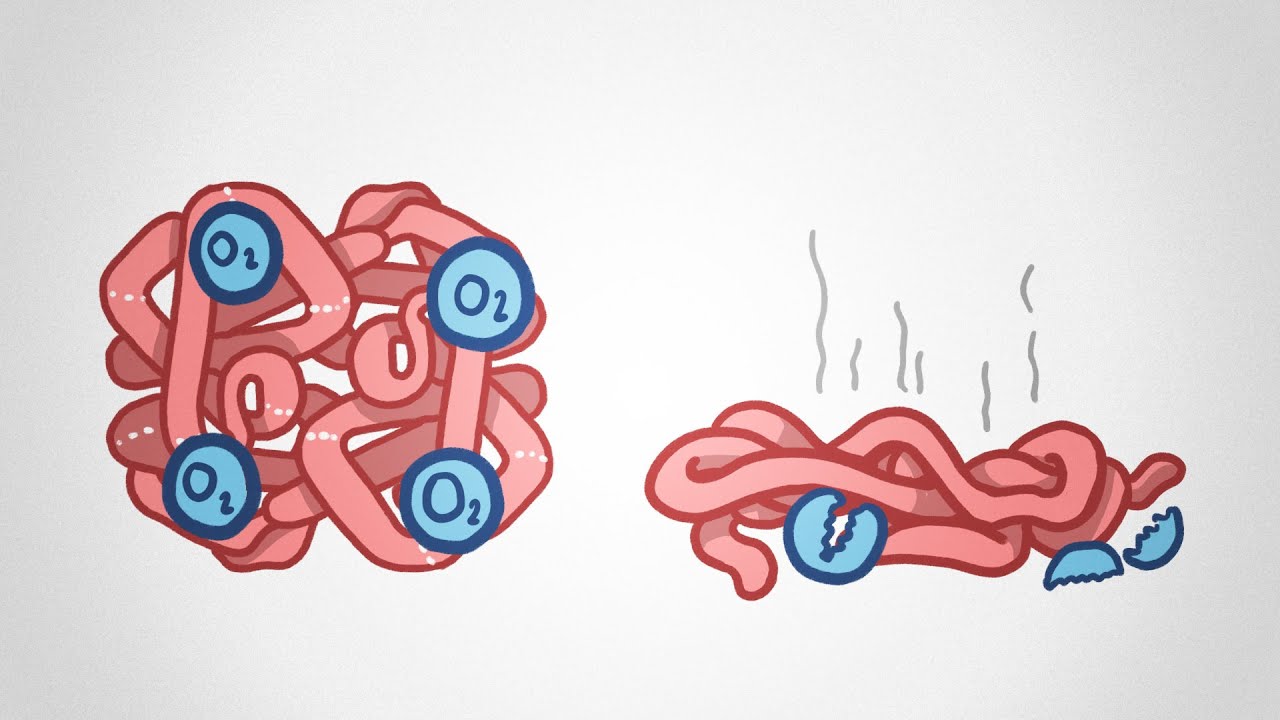
5. The Future of Prion Research: From Kuru to New Discoveries
The future of research on prion diseases is bright and filled with promise for new insights. Groundbreaking studies continue to unlock the mysteries surrounding these diseases, exploring how our lifestyle choices might influence brain health. Contributions from dietary options, such as kashi cereal and other fiber-rich foods, could be game-changers in understanding how to bolster our defences against neurodegenerative conditions.
As researchers dive deeper into the science of kuru and its relatives, we may discover cutting-edge strategies to combat these diseases. New technologies and methodologies being employed in labs could soon lead us to treatments or preventative measures we’ve yet to imagine.
Ultimately, the quest to solve the mysteries of prion diseases reflects a broader pursuit of knowledge in the health community. What we learn today can influence tomorrow’s strategies, crafting a healthier future for all by keeping diseases like kuru at bay.
Innovative Wrap-Up
Kuru disease serves as a poignant reminder of our connection with cultural practices, health, and nutrition. While it was once a scourge for the Fore people, the lessons learned provide valuable insights into our relationships with food. As we pave the way for advancements in nutrition and health awareness, we must reflect on how our modern diets might shape our neurological well-being.
So, whether it’s choosing shiitake mushrooms for their health benefits, sipping on some invigorating oolong tea, or tossing together a refreshing kombucha, let’s take these lessons from the past to heart. Through our culinary choices and collective awareness, we can foster a healthier future—one where the stories of conditions like kuru become memories of a bygone era rather than threats to our health today.
Now, let’s get out there, fuel our bodies with good food, and chase those muscle-building goals! The journey to being shredded and feeling great starts on our plates!
This article isn’t just about kuru disease; it’s about our responsibility to stay informed, make smart dietary choices, and inspire others to lead healthier lives. We have the power to shape our health outcomes, and that’s a conversation worth having. So, let’s dig into our meals, make each bite count, and look forward to a vibrant, healthy future!
Kuru Disease: Shocking Facts You Didn’t Know
What is Kuru Disease?
Kuru disease is a rare and fatal brain disorder linked to prion proteins. This bizarre disease primarily affected the Fore tribe in Papua New Guinea during the 1950s, primarily due to their practice of ritualistic cannibalism. The word “kuru” actually means “to shiver” in Tok Pisin, reflecting the tremors experienced by those infected. It’s fascinating how traditions can impact health, much like how people discuss the comfort of a japanese futon, as both reflect cultural preferences that can have unexpected consequences.
The Transmission and Symptoms of Kuru
Kuru disease spreads through consuming the human brain or nervous tissue of an infected individual. Symptoms include mental deterioration, electric-like bursts of movement, and uncontrollable laughter or crying. It’s a grim reminder of how communal practices can shape health landscapes. This echoes discussions around diet choices today, such as wondering about the health effects of common products—ever wondered, for instance, does diet coke have caffeine?
As the disease unfolded, the Fore tribe’s unique culture faced drastic changes. Efforts to stop the spread led to shifts in traditional practices, very similar to how political campaigns nowadays, such as the kamala harris campaign analysis, may pivot based on public health concerns. The eradication of Kuru underscored the importance of adapting customs for safety, much like how people adapt their nutritional plans to maintain health, often turning to brands like herbalife nutrition for guidance.
Kuru in Popular Culture and Research
Kuru disease has intrigued researchers and pop culture alike. It’s been mentioned in various documentaries and articles, captivating minds and sparking curiosity about human behavior and epidemics. This reminds us how intertwined health issues can be with lifestyle choices, not too different from the latest buzz around taylor swift 1989 taylors version, which fans eagerly dissect for insights and nostalgia. Moreover, in the greater discussion of prion diseases, Kuru represents a unique case that blends anthropology, medicine, and ethics, much like debates surrounding societal topics in the sports world, such as boca vs rivalries.
From its historical roots to its perplexing nature, Kuru disease serves as a stark reminder of how interconnected we are through our actions, beliefs, and traditions. Whether dealing with quirky health discoveries or cultural phenomena, every detail tells a part of the story we’re all a bit curious to unravel. And in the end, understanding something as complex as Kuru brings us a step closer to valuing the vast tapestry of human life—just like the voices featured in natalia speaks, adding layers to our existence.













